Yonsei University Campus
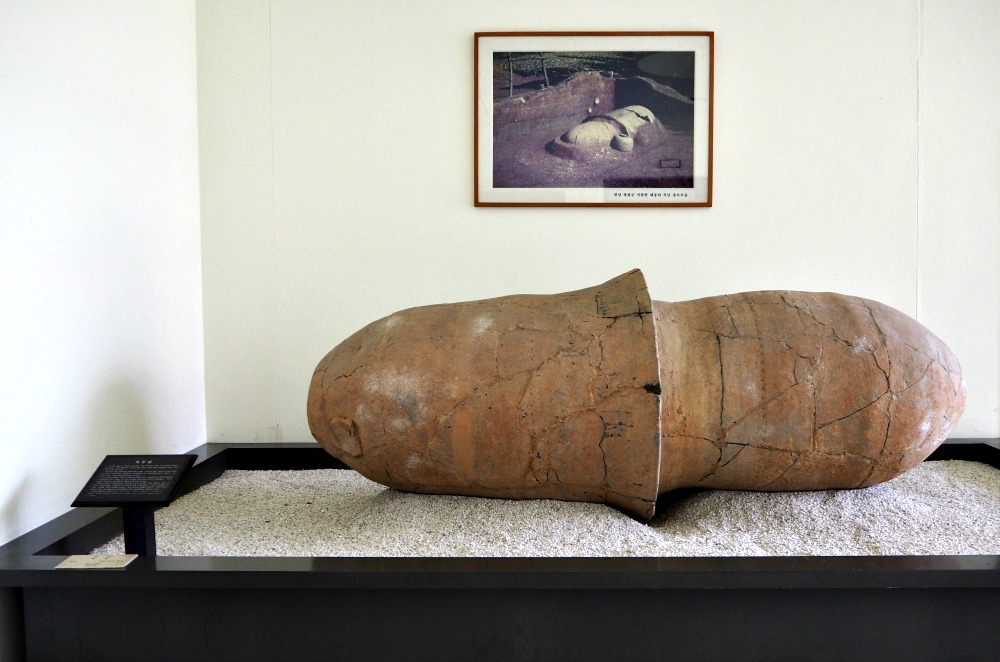 Mud casket at Yonsei University's museum
Mud casket at Yonsei University's museumYonsei University Campus in Seoul is one of the places I love to explore. This University is over 100 years old and one of the few oldest universities in the country.
So, you can expect that you will find historic landmarks and cultural treasures inside the campus.
For this article, I will be describing the University's structures, historical artifacts, campus facilities, among many exciting features it possesses.
In the meantime, let me start with the buildings, and then watch this page grow and get more impressive over time.
Buildings at Yonsei University Campus
Gwangbok Hall
In May 1956, the original Gwangbok Hall was a three-story brick building built from the materials donated by the US Airforce and the University itself.
This historical building has five floors and two basement floors on the land area of over eleven thousand square meters.
Due to the passage of time, the building has deteriorated but was conserved in May 2000 using the Alumni Association and University's funds and efforts.
The building was reopened in January 2002 and is now being used as the Law School.
Gwanghyewon
Gwangheywon means "widespread relief house" in the Korean language. It underwent a restoration process in May 1986.
It was sitting beside the Sukyeongwon Tomb and was reopened in 1987. It is considered the first modern Royal Hospital in Korea and the precursor to Yonsei University's medical system.
Gwanghyewon first operated in 1885 as a general hospital with forty beds and outpatient facilities.
At present, Gwanghyewon became the site of "Yonsei Archives" where visitors can see Yonsei's old artifacts.
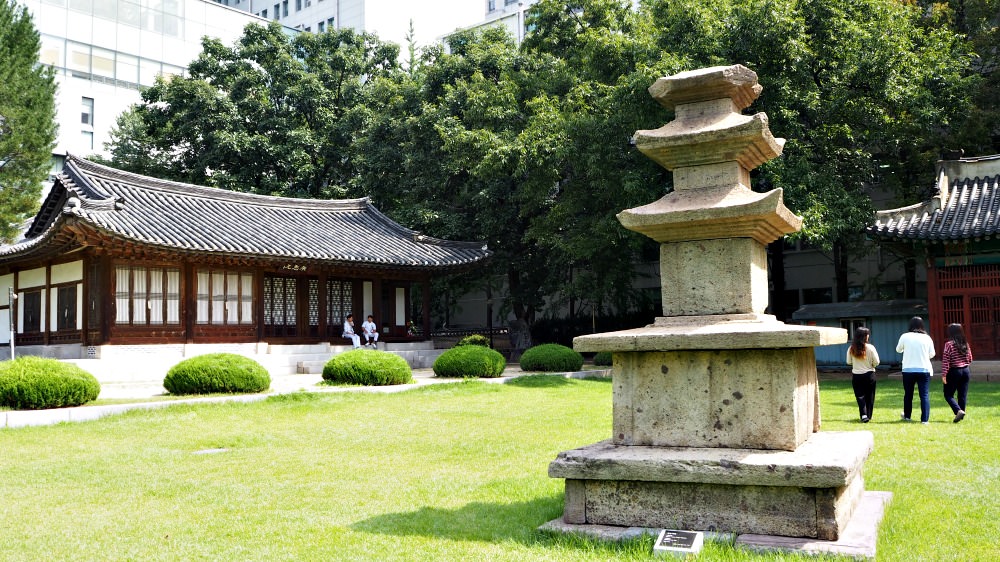 Stone Pagoda in front of Gwanghyewon at Yonsei University in Seoul campus
Stone Pagoda in front of Gwanghyewon at Yonsei University in Seoul campusMiwu Dormitory
Miwu Dormitory was constructed in 1972 through the donation received from the Presbyterian Missionary's union. Its name 'miwu' means a place to establish a sincere friendship.
Miwu got renovated in 1979 using concrete and bricks for its walls. It became a three-story structure with a basement floor and is being used as a female dormitory of the University.
When Muak 2 Dormitory and Muak 5 Dormitory were built in 1993 and 2005 respectively, Miwu was used as the football and ice hockey teams dormitory.
Miwu Dormitory metamorphosed its name into Miwu Hall when its original function was turned into a Newspaper and Broadcasting center, Social education center, and National Management Institute of the University.
Baekyang Hall
Baekyang Hall was constructed for students to research theories about business and put it into practice to support Korea's economic development. It was built within two years: from 1967 to 1969.
In 1970, an extension to the southern part was completed in 1971. Another extension to the northern part was done in 1982.
Then, an extension of over five hundred square meters was added to make space for the Admissions Office that was completed in 2005.
Centennial Hall
This Hall was built to commemorate the 100th anniversary of Yonsei University's establishment. It is created through the efforts of all supporters of the University.
The Hall started its construction in 1986 and completed in 1988. This modern building has almost nine thousand squares in total area.
You will enjoy its museum with ten exhibition halls, and a lecture room that can hold over a hundred guests. Its concert hall has 900 seats.
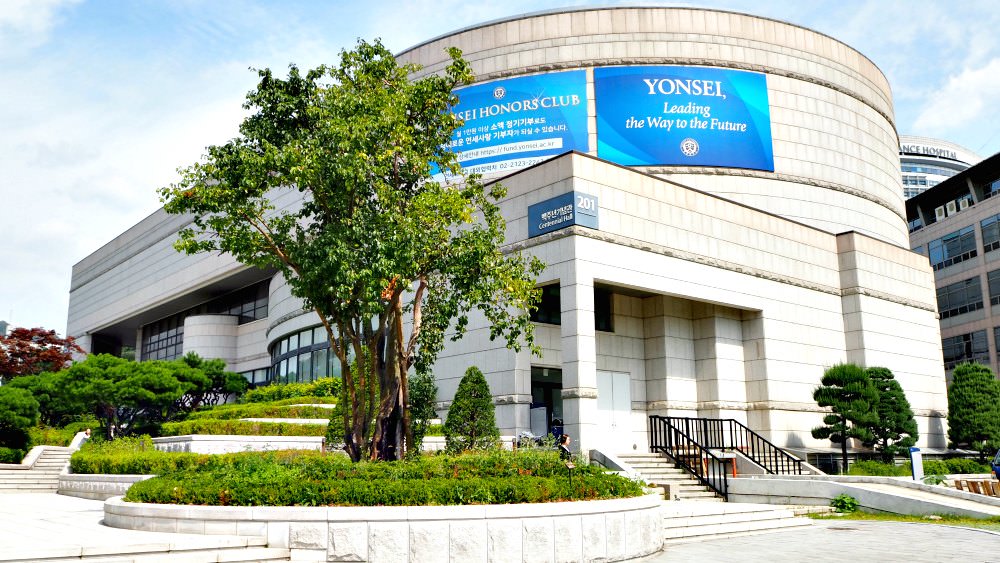 Yonsei University Centennial Hall, Seoul
Yonsei University Centennial Hall, SeoulMain Building (Underwood Building)
The Main Building is a classic building built in 1924. It is one of my favorite sights on the campus due to its style compared to the new building around.
It is built through John Underwood's donations to remember his brother Doctor Horace Grant Underwood, the founder and first president of Yonhi College (now Yonsei University).
The building is only four-story sitting on over 600 square meters of land area. It used to be the College of Liberal Arts up until it became the President's Office, among other relevant offices, in 1982.
It is now a landmark and designated as a national cultural treasure (No. 276).
Billingsley Hall
Billingsley Hall was built through the funds by the American Methodist Woman's Missionary Union and the University.
It is located just behind the Yu Eok-Gyeom Memorial Hall. It was built in 1968 and was used by the College of Human Ecology.
When the Human Ecology Hall was constructed, it was turned into Graduate School of Journalism and Mass Communication, and the College of Social Sciences study hall.
Stimson Hall
Stimson Hall was built in 1920, making it the first structure to exist on the campus. It is only a two-storey stone building with a total area of over 1000 square meters.
Its name came from the donor named Charles Stimson of California, USA. It was used as Yonsei's main building but is now being used by graduate schools and the External Affairs and Development Office.
Stimson building is now a cultural treasure and a landmark since 1981.
Appenzeller Hall
Appenzeller Hall was built through the donations from Jaeil Methodist Church in Pittsburg, USA.
It was constructed in 1924 and can be seen as the present Graduate School of Social Welfare building. It has a total of over 1,500 square meters.
This three-storey building became a designated cultural treasure and historical landmark No.277.
Allen Hall
Allen Hall was built 1986 to commemorate the 100th anniversary of Yonsei University. This modern structure was built on top of the demolished old Youngbin building.
Allen Hall has eight small and medium conference rooms and seven bedrooms. Its name was given to commemorate the founding of the first medical facility built by Doctor Allen.
Underwood Memorial House
Underwood Memorial House was built to honor Underwood, the founder of Yonsei University. This house was the residence of the Underwood family, which was remodeled.
Its interior restored to its original designed to remember its looks in the 1930s. You can now view the exhibited photos, videos, and books of the Underwood family.
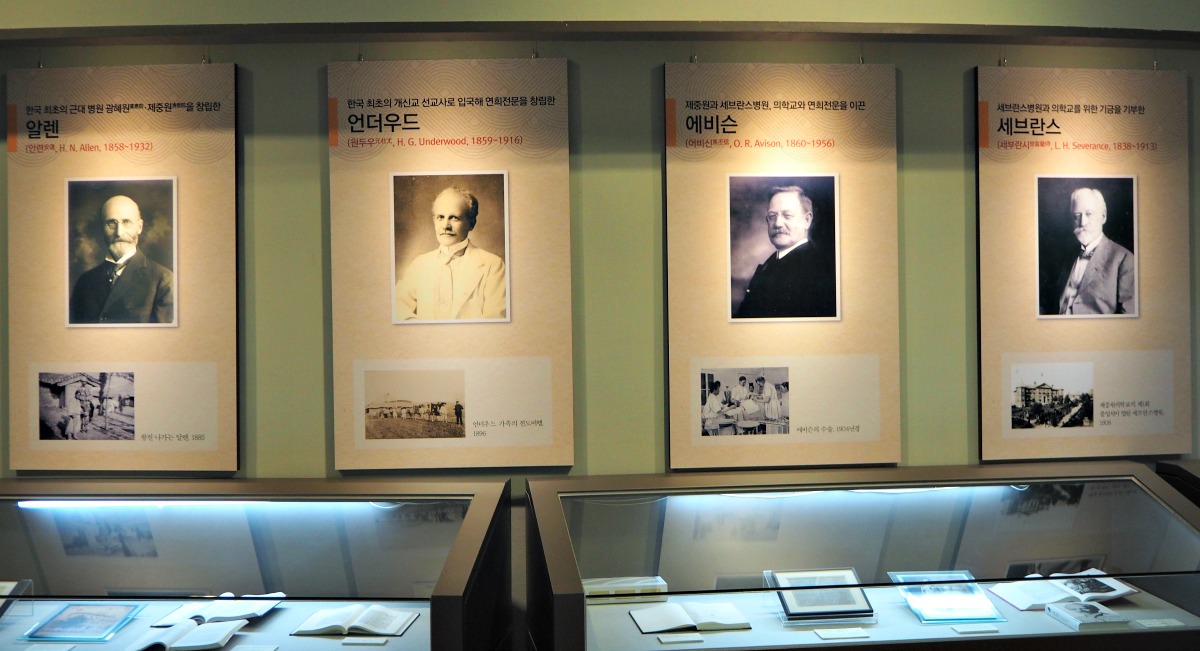 Photo of Underwood (second from left) at Yonsei Museum
Photo of Underwood (second from left) at Yonsei MuseumYonhi Hall
Yonhi Hall was built through the support by the American Air Force and the University in 1956. It has a total area of over six thousand square meters.
It is now being used by the College of Social Sciences and the Graduate School of Public Administration. The building was created to commemorate the founders in promoting truth, justice, and freedom through education.
The Hall was called 'Yonhi Hall' to remember 'Yonhi' became it joined with 'Severance' to become 'Yonsei' in 1957.
Widang Hall
Widang Hall's purpose was to be used as research facilities for the Jonghap Building that was damaged during the students' protest activities. The funds came from various stakeholders in Korean society.
Its six-floor building was first constructed in 1997 and completed in 1998. At present, it houses the College of Liberal Arts, Institute of Korean Studies, art, and science magazine room, among others.
Its original Humanities Building name was changed into Widang Hall (in 2001) to honor Widal Jung In Bo--the promoter of Koran traditional culture.
Central Library
The construction of the Central Library started in May 1977 based on the Master Plan Towards Yonsei University's 100th Year. It was completed two years later.
The library occupies a total area of over 17 thousand square meters at the heart of the campus. It sits 4,600 students and can hold over a million books.
An expansion of over two thousand square meters was added in 1992. The library has five floors and one basement floor. It is thought to be the most massive civil stone structure in Korea. Most of the equipment installed came as an aid from the USA.
Keep monitoring this page for further additions.
Thanks for reading.
Get Exciting Activities
Book one of our exciting activities today to experience the thrill of a lifetime! Take advantage of this opportunity and secure your spot in advance.
Hotel Map Guide
Find your affordable, accessible, and comfortable hotel in Seoul at Agoda.Com. See the hotel map below...
Hotel Booking Guide
Find affordable and amazing hotels on Agoda.com using the search box below. Book now to enjoy great discounts and save!
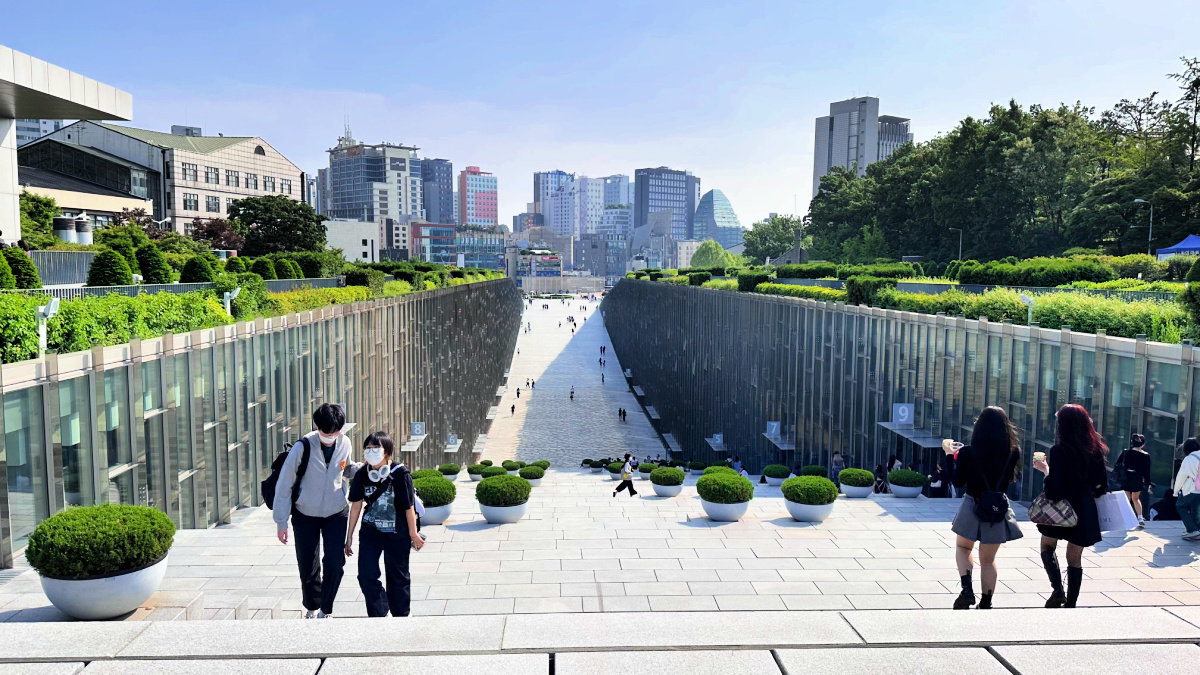
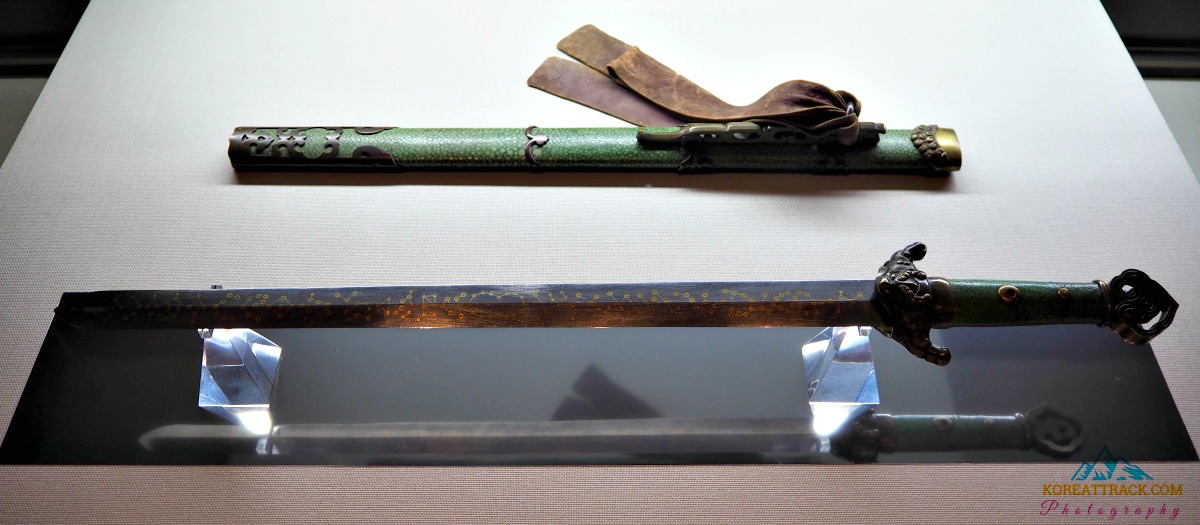




New! Comments
What do you think about this page? Leave me a comment in the box below.